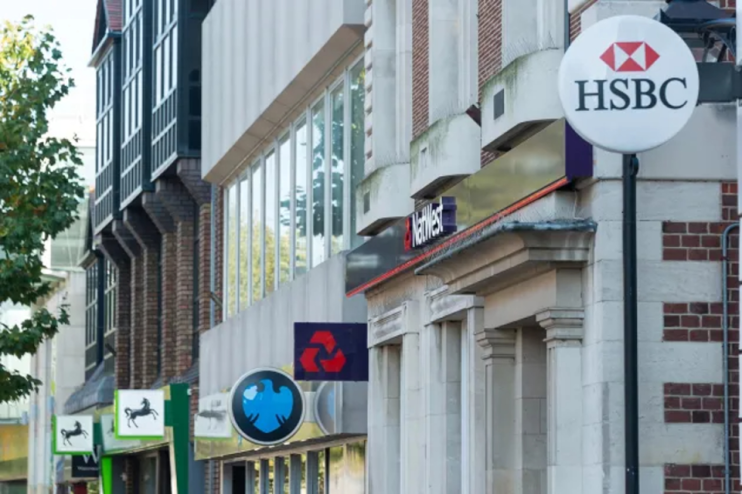Lenders expect higher default rates on mortgages and credit cards in coming months

British lenders are seeing increasing demand for mortgages and credit card lending but higher default rates, according to an official survey, as households and businesses struggle with elevated borrowing costs.
According to the Bank of England’s latest quarterly credit conditions survey, banks and building societies saw default rates for credit cards and other unsecured lending increase during the three months to the end of February and expected them to rise again in the second quarter.
An index of lenders’ experiences with defaults on unsecured loans in the second quarter showed a reading of +17.6, compared with a 14-year high of +31.7 that was expected in last quarter’s survey, suggesting they have been too pessimistic.
Lenders also saw default rates on secured loans to households, including mortgages, increase in the first quarter and expected them to rise again in the second quarter.
Higher default rates come as lenders reported a rise in demand for credit card lending during the first quarter and expected it to increase again in the second quarter, suggesting that households are still widely relying on borrowing amid the cost of living crisis.
While demand for other unsecured lending reportedly remained unchanged, it was also expected to increase in the second quarter. Lenders reported unchanged availability of unsecured credit to households in the first quarter and expected it to remain unchanged in the second quarter.
Lenders also saw a rise in demand for mortgages in the first quarter and expected it to increase again in the second quarter with an index score of +23.2, the highest in a year. Meanwhile, mortgage availability was also reported to have risen and was expected to increase further.
Although mortgage rates have come down since the end of last year amid the UK’s improving economic picture and fierce competition within the market, they remain elevated in line with the Bank of England’s base rate.
The Bank hoisted interest rates to a post-financial crisis high of 5.25 per cent last year, putting pressure on households having to refinance loans taken out when borrowing costs were much lower.
The survey also found that default rates slightly increased for small and medium enterprises (SMEs) in the first quarter but were unchanged for larger businesses.
Default rates were expected to increase for SMEs and stay unchanged for larger firms in the second quarter.
Lenders reported that the overall availability of credit to the corporate sector was unchanged in the first quarter and expected to slightly increase in the second quarter.
Karim Haji, global and UK head of financial services at KPMG, said: “Considering inflation is now falling and is expected to drop to below the Bank of England’s two per cent target in the months ahead, rising demand for credit card lending in Q1 suggests a more positive economic outlook hasn’t fed through to household finances yet.
“Defaults across all unsecured lending increasing over the same three-month period indicates many people are still struggling to meet their day-to-day costs.”